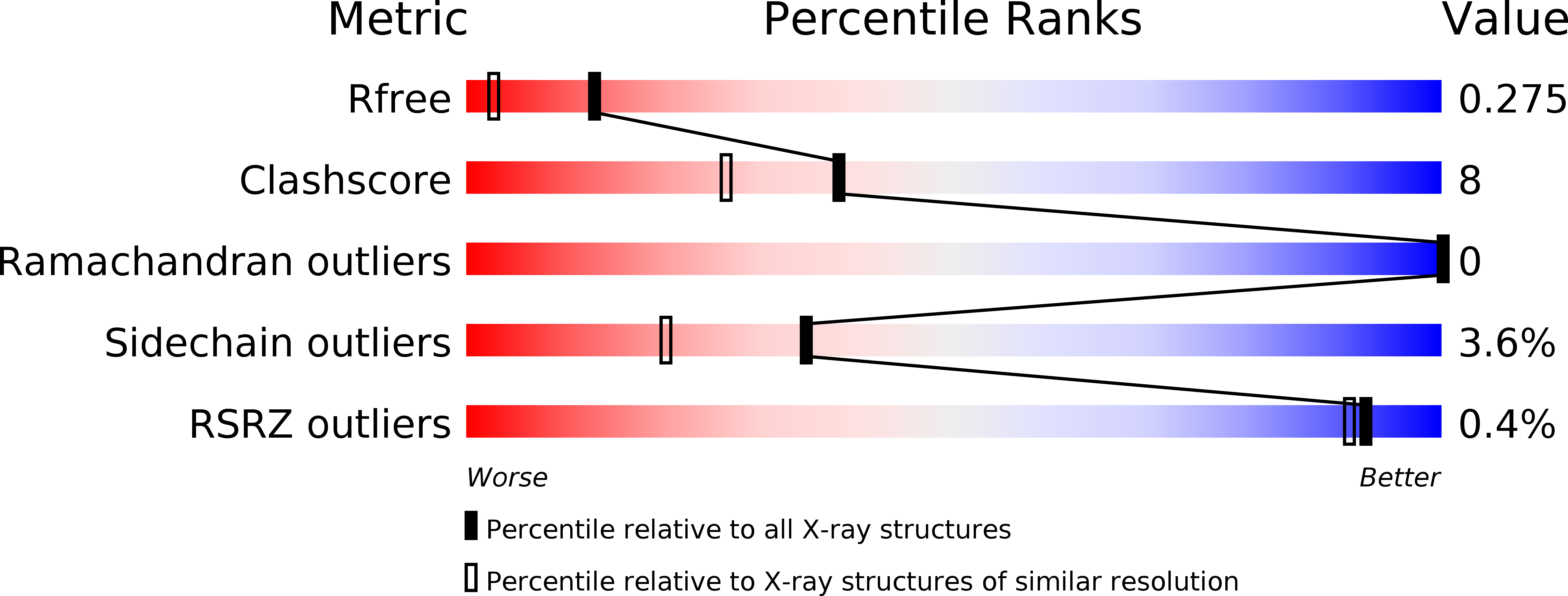
Deposition Date
2008-01-21
Release Date
2008-12-09
Last Version Date
2023-11-15
Entry Detail
Biological Source:
Source Organism:
Thermus thermophilus (Taxon ID: 274)
Host Organism:
Method Details:
Experimental Method:
Resolution:
1.80 Å
R-Value Free:
0.27
R-Value Work:
0.20
R-Value Observed:
0.20
Space Group:
P 1


